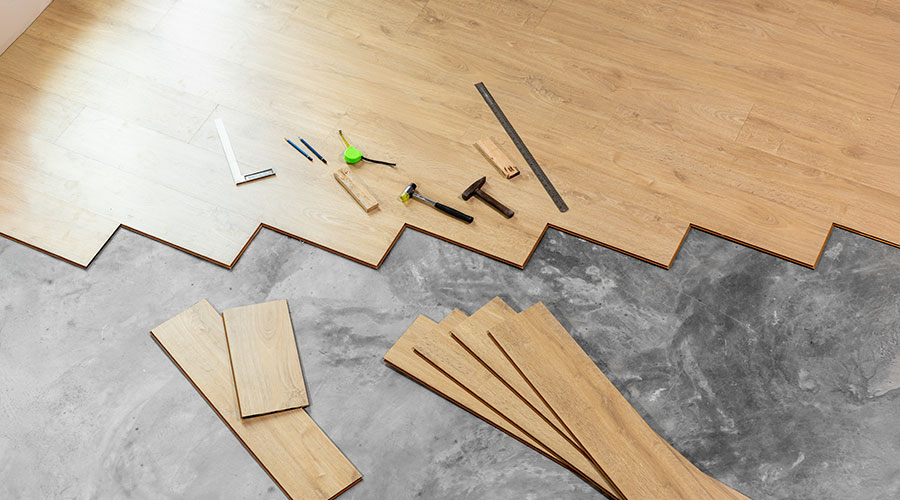Maximizing Investments in Flooring Maintenance
Part two in a two part series on maintaining flooring
The long view
Managers looking to maximize their organization’s investments in flooring maintenance and cleaning activities, as well as to enhance the overall appearance and performance of floors, should consider several strategies.
The first step for managers is to ensure housekeeping crews have written cleaning procedures on an easy-to-read checklist. Crews can review the procedures after training, in case they forget a specific step or the process for correctly mixing chemicals.
The checklist can hang on cleaning carts or on floor-cleaning machines, and it can indicate the tasks workers need to perform, as well as their timing and frequency. This tactic minimizes trips back to the cleaners’ closet or the stockroom to check procedures or get chemicals or equipment, and it can curtail repeated calls to a supervisor.
Managers next need to match the equipment to the task. If a worker is cleaning a large area of carpeting, a 16-inch vacuum is too small to use effectively and productively. Using a 32-inch walk-behind sweeper instead ensures the floor receives a thorough cleaning, and it could cut the cleaning time in half.
In the case of hard flooring, instead of using a riding autoscrubber, crews might be more effective using a walk-behind model. The presence of obstacles, such as columns in a hall, can prevent the efficient use of a large riding scrubber.
Managers also must be certain the crew matches the equipment to the flooring type. For example, crews traditionally use brooms, buckets, wringers and mops to clean hard floors in restrooms. Today, they often use high-pressure restroom-cleaning machines that spray the area with cleaning solutions. Some machines also feature a blower that helps dry floors more quickly.
These types of equipment are ideal for cleaning hard floors and stairwells, but they are not designed for use on carpets. Instead, crews cleaning carpets can use bonnet buffers, small self-contained extractors, walk-behind extractors, or truck-mounted extractors. Using a low-moisture carpet-cleaning machine also minimizes the drying time between cleaning and use.
Managers also need to stay abreast of advances in flooring and cleaning equipment by reading trade journals, talking with manufacturer representatives, and attending professional conferences and trade shows.
The final step is to network with peers. By talking to peers in comparable organizations who have used certain pieces of equipment, chemicals or processes, managers can learn about proven strategies and tactics that can streamline the process of cleaning floors. This approach is also an excellent way to learn about peers’ mistakes, such as installing a specific flooring type in an unsuitable area.
Quality cleaning and maintenance is essential for the long-term appearance of any flooring. Once installed, it becomes the department’s responsibility to maintain it throughout its life. By following these steps, techniques and strategies, managers can maximize a floor’s appearance, and the result will be a longer performance life and an enhanced return on the investment.
Alan S. Bigger, is the former director of building services with the University of Notre Dame and the former director of facilities at Earlham College in Richmond, Ind.
Related Topics:













